Characterize the chromatin landscape with ATAC-seq. Pluto simplifies the analysis of chromatin accessibility, providing insights into regulatory regions and gene expression control. ATAC-seq provides a powerful approach for exploring chromatin accessibility, enabling researchers to investigate the regulatory architecture of the genome. This technique illuminates the complex mechanisms of gene regulation by identifying accessible regions that are potential regulatory elements, including promoters, enhancers, and silencers. Pluto Bio streamlines ATAC-seq data analysis, offering a suite of tools that simplify the discovery process, from data preprocessing to the integration of genomic and epigenomic data for comprehensive multi-omics studies.

Pluto Bio offers a robust platform for ATAC-seq data analysis, designed to simplify the complexity of genomic exploration. By providing tools for efficient chromatin accessibility mapping, our platform enables researchers to pinpoint regulatory elements that influence gene expression, facilitating groundbreaking discoveries in gene regulation and cellular function.
Learn moreLeverage Pluto Bio's user-friendly platform to analyze ATAC-seq data without the need for deep bioinformatics skills. Our integrated solutions support the discovery of key regulatory mechanisms, helping you to understand the functional genome with unprecedented clarity and precision.
Learn moreWith Pluto, accessing advanced ATAC-seq data analysis becomes straightforward for researchers of all backgrounds. Our platform facilitates the exploration of chromatin dynamics, offering insights into the epigenetic factors that drive cellular differentiation, development, and disease.
Learn more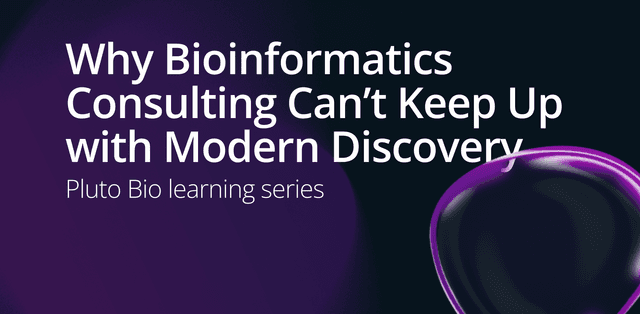
How delays, data silos, and limited visibility slow discovery — and what leading teams are doing instead.
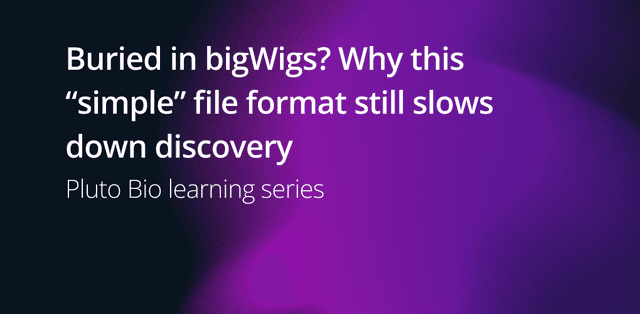
bigWig files are powerful for signal visualization — but without context and collaboration, they slow discovery. Pluto connects them to your full workflow.
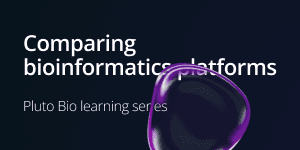
Compare top bioinformatics platforms—Pluto Bio, Partek Flow, Basepair, and Rosalind—to find the best fit for your NGS data analysis needs. Assess supported assays, analyses, visualizations, and collaboration features.
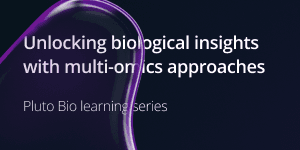
Explore how multi-omics integrates diverse datasets like RNA-seq, ATAC-seq, and ChIP-seq to unlock biological insights, accelerate drug discovery, and drive personalized therapies. Learn more about its impact on cancer research and target identification.
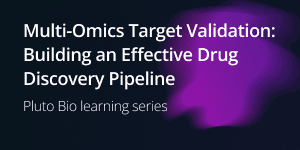
Discover how Pluto’s multi-omics pipelines accelerate target validation in drug discovery. Learn how integrated platforms streamline the path from omics data to validated therapeutic targets.
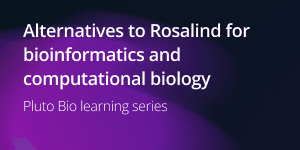
Discover top alternatives to Rosalind for bioinformatics and computational biology. Explore platforms like Pluto Bio, BaseSpace, GenePattern, and more to find the right solution for your research needs.
Learn about key file formats in high-throughput research, including FASTQ, FASTA, BAM/SAM, BAI, SAM, VCF, GFF/GTF, BED, BedGraph, BigWig, and PDB. Discover how each format is used, what information it contains, and its significance in analyzing ChIP-seq and ATAC-seq data. Understanding these formats is crucial for efficiently handling and analyzing high-throughput data, enabling valuable biological insights and discoveries.
Curious about CUT&RUN and when you would use it? Learn more in this Pluto blog post about getting started with CUT&RUN.
We will explain what these factors are and how they are used to analyze ChIP-seq and ATAC-seq data
ATAC-seq, or assay for transposase-accessible chromatin sequencing, is a powerful tool used to study the accessibility of the genome.